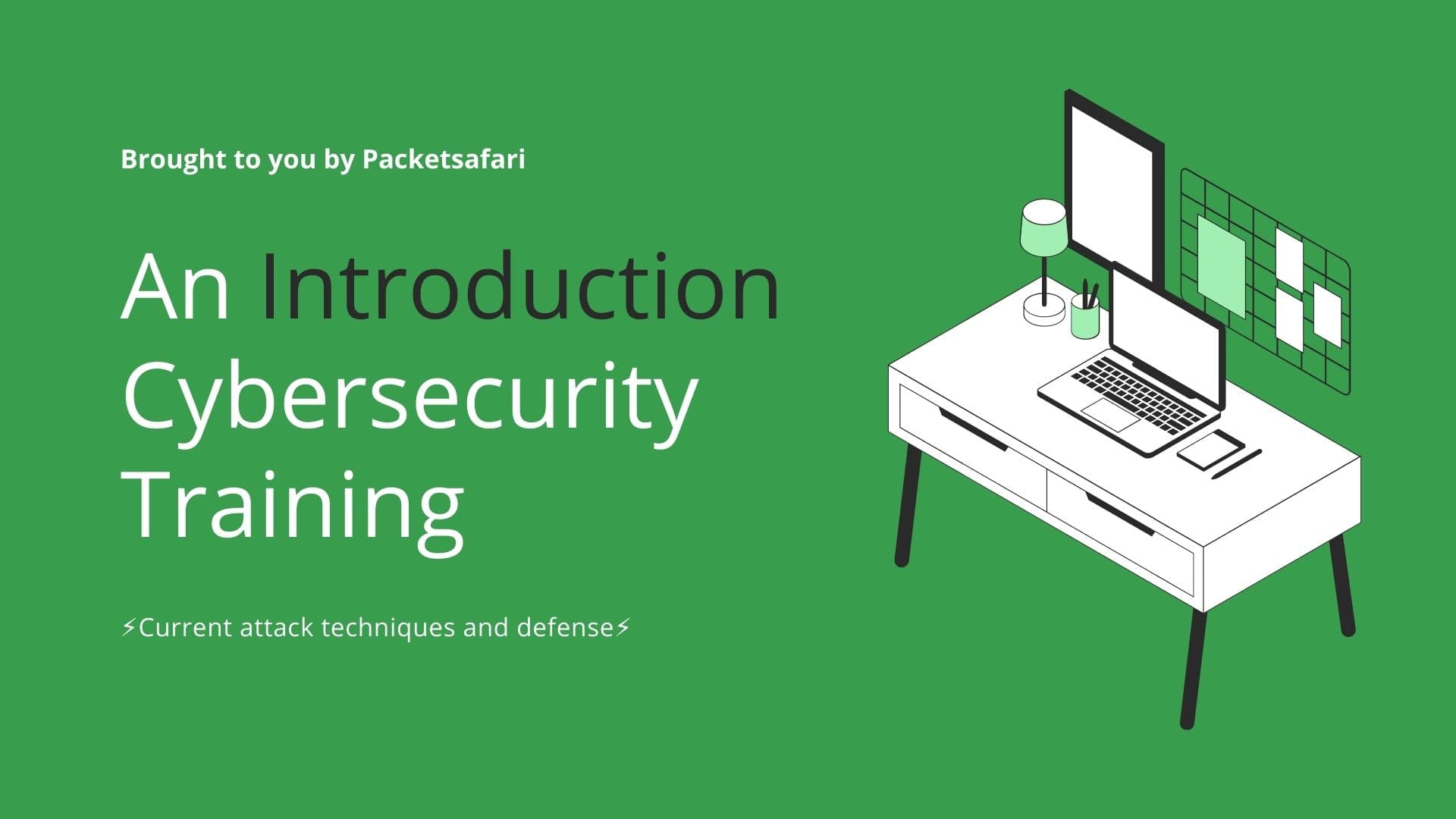Learn the best practices for conducting risk assessments in compliance with the NIS2 Directive.
If you're tasked with conducting a risk assessment in compliance with the NIS2 Directive, you're not alone. Risk assessments are a critical part of NIS2 compliance, helping organizations identify potential cybersecurity risks and determine the steps needed to mitigate them.
So what are the best practices for conducting a thorough and effective risk assessment? Here are a few key steps to follow:
- Identify your assets: Before you can conduct a risk assessment, you need to know what assets you're aiming to protect. These assets could include digital systems, software applications, data sets, or physical infrastructure. Make a list of all the assets that are relevant to your organization, and prioritize them based on their criticality to business operations.
- Identify potential threats: Once you've identified your assets, turn your attention to the potential threats that could impact them. These could include cyber attacks, natural disasters, physical theft, or insider threats. Make a list of all the potential threats that could impact your assets, and assess the likelihood and impact of each.
- Evaluate vulnerabilities: With your assets and threats identified, it's time to evaluate the vulnerabilities that could be exploited by attackers. These vulnerabilities could include outdated software, weak access controls, or poor network segmentation. Assess each vulnerability based on its potential impact and likelihood of exploitation.
- Determine risk level: Using the information you've gathered, determine the overall risk level for each asset. This should take into account both the likelihood of a cyber incident occurring and the potential impact. Prioritize your assets based on their overall risk level, and determine the appropriate mitigation measures for each.
- Implement mitigation measures: Finally, it's time to implement the necessary mitigation measures to reduce your organization's cyber risk. This could involve implementing stronger access controls, updating software systems, or implementing more robust incident response plans.
By following these best practices, you can conduct a thorough and effective risk assessment in compliance with the NIS2 Directive. Looking for more resources to help your organization stay secure? Check out our cybersecurity training courses, designed for professionals at every level of experience.



